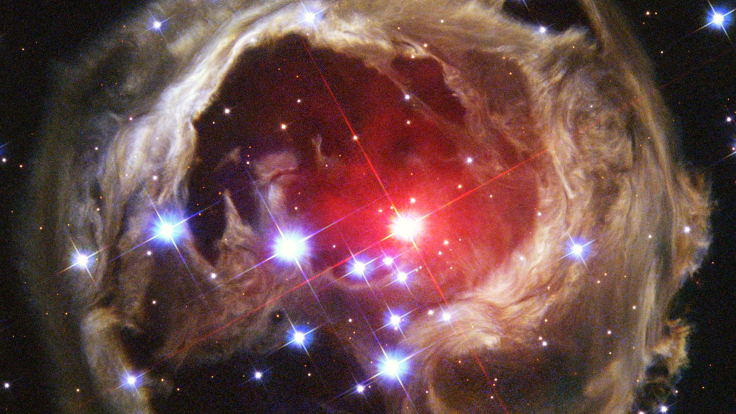Forget 3I/ATLAS: Another Comet Steals the Show With Rare Golden Glow After Defying Its Predicted End
Comet C/2025 K1 survives sun and turns a rare golden colour.

All eyes have been on the celestial celebrities of the season. Stargazers have been captivated by the interstellar visitor 3I/ATLAS and the clearly visible Comet Lemmon. But while the paparazzi of the cosmos were pointed elsewhere, another comet just pulled off a stunning, death-defying performance.
A 'forgotten' comet, dubbed C/2025 K1 (ATLAS), has emerged from a perilous journey around the sun, not as a cloud of dust, but as a spectacular golden ribbon. It's a transformation that has left experts stunned and rewritten expectations for the object.
How C/2025 K1 Cheated a Fiery Doom
Discovered in May by the Asteroid Terrestrial-impact Last Alert System (ATLAS), C/2025 K1 was not expected to last long. The comet reached its perihelion, or closest point to the sun, on 8 October.
It flew within a minimum distance of 31 million miles (50 million kilometres) of the sun, which is four times closer than the interstellar comet 3I/ATLAS managed.
Due to the intense heat and gravitational strain from this encounter, experts widely believed C/2025 K1 would be ripped apart, according to Spaceweather.com. It was, for all intents and purposes, a doomed object.
A Surprise Golden Transformation
On 29 October, astrophotographer Dan Bartlett captured a stunning shot of the survivor from June Lake in California. The image revealed the comet's unexpected transformation, glowing with a distinct golden hue.
'This comet was not supposed to survive its Oct. 8th perihelion', Bartlett told Spaceweather.com. 'But it did survive, and now it is displaying a red/brown/golden color rarely seen in comets.'
This unique colouring was not an isolated observation; at least two other photographers in California and Arizona confirmed the same golden glow.
Why Is It Gold? The Science Behind the Rare Colour
The unusual colour is a scientific puzzle. Comets typically appear white because they reflect all wavelengths of visible light. Different hues are caused when chemicals in the coma—the cloud of ice, gas, and dust—absorb specific wavelengths.
We have seen comets turn green, such as Comet Nishimura and the 'devil comet' 12P/Pons-Brooks, due to dicarbon or cyanide. Others can turn blue from carbon monoxide or ammonia. The golden colour of C/2025 K1, however, is much rarer.
Astronomer David Schleicher, studying the comet from the Lowell Observatory, wrote in a blog post that C/2025 K1 has a surprising lack of these carbon-bearing molecules. Only two other known comets have ever had fewer.
This carbon depletion is the most likely cause for the gold coloration, but as Spaceweather.com representatives wrote, 'we don't know exactly why'.
C/2025 K1 (ATLAS)
— 吉本@彗星屋 (@katsumi_comet) November 5, 2025
Nov. 03.82, 10.0V, 2'.0 (0.30-m f/4.0 reflector + V filter CMOS); ※画像はL+I bandです。
Imag=11.0, Bmag=9.4 pic.twitter.com/dpGuiEzrNw
How You Can See the Golden Survivor
C/2025 K1 now has an apparent magnitude of 9, which is just as bright as 3I/ATLAS following its own unexpected brightening event.
Both comets are too dim to see with the naked eye, but they can be spotted with a decent telescope or a pair of stargazing binoculars.
If you want to see it for yourself, C/2025 K1 is located between the constellations Virgo and Leo in the eastern sky and is most visible shortly before sunrise. It will reach its closest point to Earth on 25 November, remaining visible until early December.
© Copyright IBTimes 2025. All rights reserved.





















